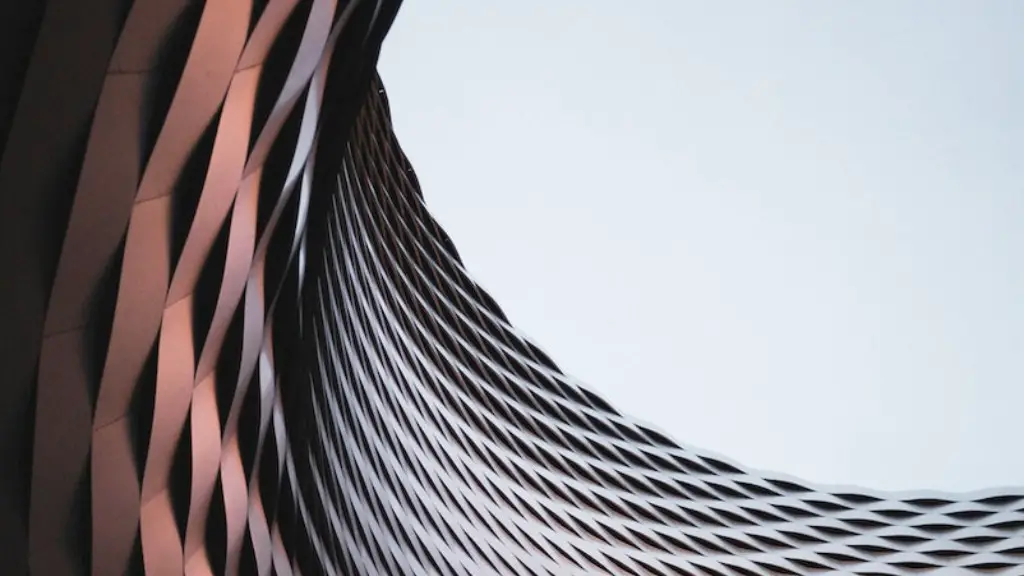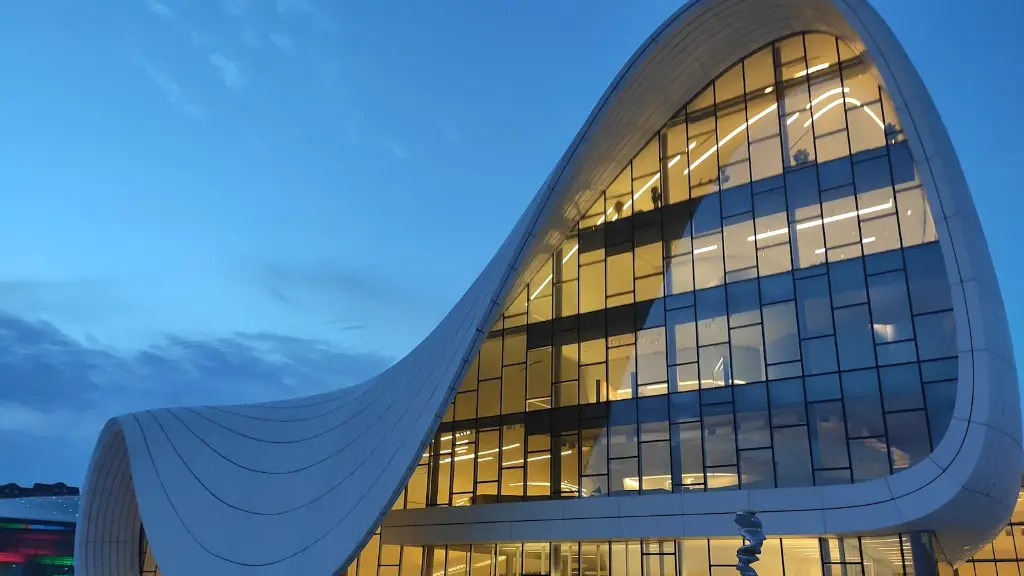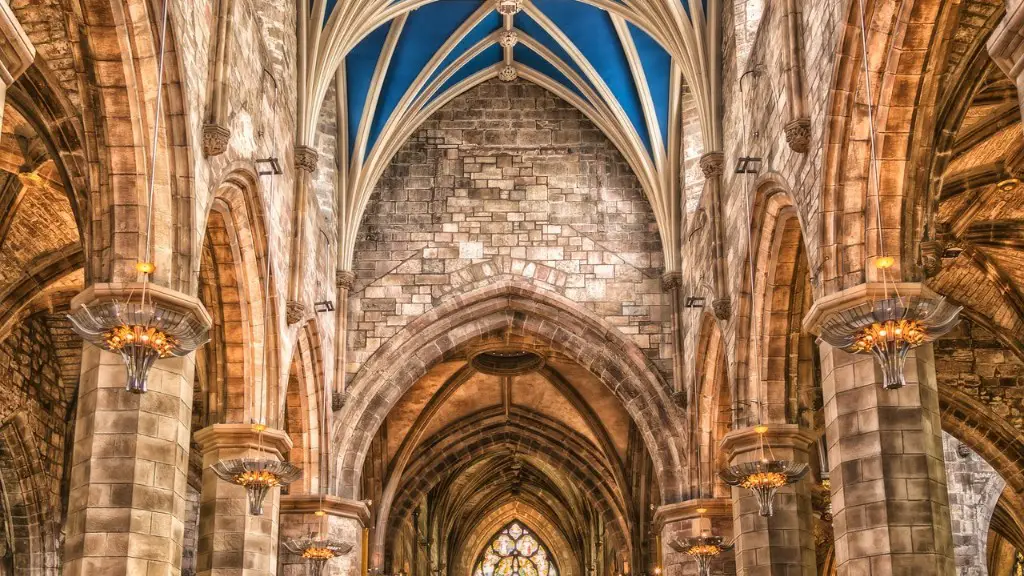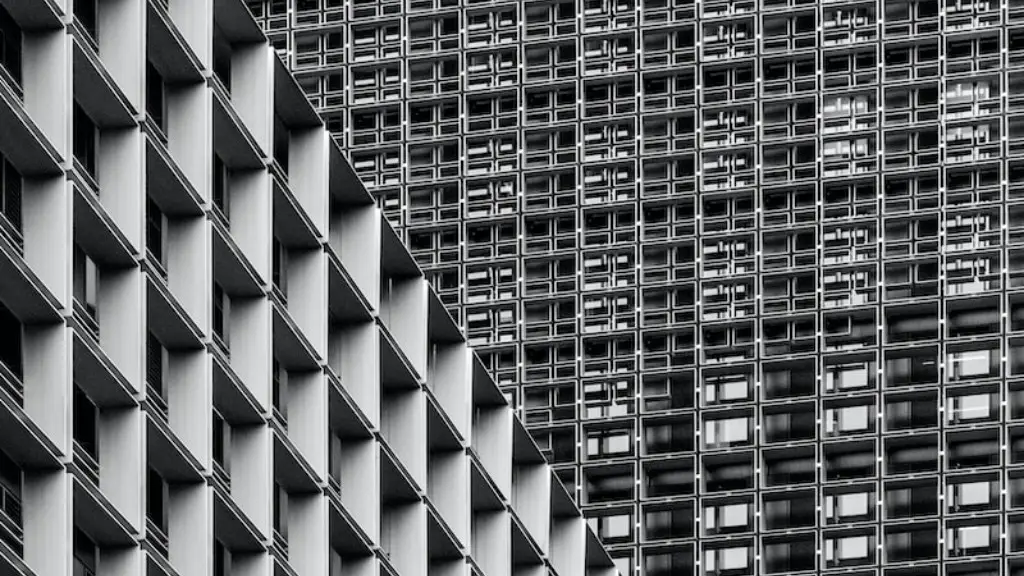Architecture in China has been around for centuries. It has evolved over time and, in recent years, has become more modern than ever. Far from the simplistic designs of ancient Chinese architecture, present-day design has been influenced by and synthesizes a variety of elements from traditional Chinese designs, modern European and American architectures, and even East Asian traditional philosophies. As an ancient civilization that has rapidly evolved and moved forward in time, Chinese architecture incorporates a mixture of the past, present, and future—it’s a dynamic combination of the traditional and the contemporary.
The basic structure of traditional Chinese architecture is deeply rooted in Chinese philosophy of the yin and yang—the two concepts of complementary dualism are one of the most basic principles of traditional Chinese architecture. The concept of the yin-yang is that the two forces are interconnected, inseparable, and that they interact with each other. This is reflected in the various elements of Chinese architecture such as the use of courtyards, roofs, and wooden columns. These elements of Chinese architecture are based on the philosophy of balance and harmony, refraining from extremes and incorporating elements from both the grandiose and the subtle.
The basic structure of traditional Chinese architecture is also guided by the principle of “Qi” (or “chi”) which is a term that refers to the positive and negative energies that exist in all things. This concept of Qi is woven into the structure of Chinese architecture and guides everything from the placement of the building, to the material used, to the overall shape and design of the building. This philosophy is also reflected in the use of Feng-Shui which is an ancient Chinese system of aesthetics designed to bring balance and harmony to an environment.
Modern Chinese architecture has been greatly influenced by western designs and this influence is visible in the newer designs. For example, the use of steel beams and columns to support the structure of a building is a modern technique which is widely used in contemporary Chinese architecture. Other elements such as high-tech automation, large-scale glass elements, and hi-tech engineering are all common features of modern Chinese architecture.
The combination of past and present designs, as well as a synthesis of Eastern and Western philosophies, has resulted in a unique form of architecture that can be seen in many places in China. This mix of cultures and designs constantly reinforces the idea that Chinese architecture is an ever-evolving and inspiring combination of the traditional and the modern.
Changing Values of Architectural Aesthetics
The aesthetics of Chinese architecture has changed over time. Ancient Chinese architecture has traditionally been characterized by its simplicity and geometric shapes, emphasizing the idea of functionality over form. However, with the introduction of modern building techniques and designs, the aesthetics of Chinese architecture has shifted towards emphasizing the artistry of the building and its overall look, rather than merely its function.
This shift in aesthetic values has changed the way modern Chinese architecture is designed. Traditional Chinese architecture focuses on the idea of balance and harmony, while modern design puts more emphasis on aesthetic beauty and personal creativity. This is reflected in the increased use of ornate elements such as elaborate roof designs and decorative details.
The idea of aesthetics has also been given more attention in the design of modern public buildings in China. As China has become a more prosperous and modernized country, more attention is being paid to the aesthetics of public buildings such as museums and libraries. This has resulted in a wave of new designs that focus on the beauty of the building and its surroundings.
Creating Community and Harmony
The idea of community and harmony is also a core element of Chinese architecture. Traditional Chinese architecture is characterized by its use of courtyards, which are spaces that provide a sense of community and allow people to connect to their surroundings. Compared to western architecture, which tends to be more focused on individual spaces and uses large walls to separate buildings, in traditional Chinese architecture the courtyards act as shared spaces and foster a sense of communal unity.
Nowadays, modern Chinese architecture is also more focused on creating a sense of harmony and connection with its surroundings. This is done by using elements such as natural materials, green spaces, and vibrant colors which bring life to the built environment and create a sense of connection between the building and the landscapes. This concept of harmony between the building and its surroundings is a key element in modern Chinese architecture.
The idea of harmony is also reflected in the use of symmetry in Chinese architecture. Symmetry is often used in traditional Chinese architecture to create harmony and balance between the elements of the building and its environment. This is also reflected in modern designs, where symmetry has been used as a way of visually tying the building’s design with its surroundings.
Sustainability and Technology in Chinese Architectures
Sustainability is becoming an increasingly important element in Chinese architecture. As the country looks to the future, sustainable architectural designs are beginning to take hold. This has resulted in an increased focus on energy efficiency and materials that are sourced from renewable sources. Modern designs also incorporate green building practices, such as passive cooling, natural light, and rainwater harvesting systems, in order to reduce energy usage and limit environmental impact.
The incorporation of technology is also revolutionizing Chinese architecture. Technologies such as virtual reality and AI are being incorporated into modern designs, making them more efficient and interactive. Technologies such as 3D printing are also being utilized to create unique and complex designs that could not be made otherwise.
From traditional Chinese philosophies, to modern practices, to the incorporation of cutting-edge technology, Chinese architecture is an ever-evolving field that is constantly pushing the boundaries of creativity and sustainability. The past, present, and future of Chinese architecture all work together to create a dynamic and exciting field.
Infrastructure Improvements in Chinese Architectural Landscape
As Chinese cities evolve, more and more attention is being paid to the development of public infrastructure. The design of new public buildings such as libraries, museums, and other public spaces is a key element in this process, as these buildings and spaces often serve as the focal point of a community.
The Chinese government is investing heavily in the modernisation of public infrastructure. This is reflected in the increased number of large-scale projects that are underway throughout the country. Such projects often involve the construction of modern and efficient buildings that are designed to meet the needs of their local populations.
The new designs often pay homage to traditional Chinese architecture, incorporating elements such as curved roofs and symmetrical designs. At the same time, new technologies are being incorporated into the designs, such as automated systems and advanced building materials.
The investment in public infrastructure is also being made in order to create a more sustainable future for Chinese cities. This includes the use of green building practices, as well as the integration of renewable energy systems into the buildings’ designs.
Preserving Traditional Culture in Chinese Architecture
As China continues to evolve and modernize, one of the main challenges is preserving traditional culture while adapting to modern trends. One of the ways in which Chinese architecture reflects this tension is through the use of certain traditional elements in modern designs. This is often done because traditional elements can bring a sense of harmony and connection to a building, while at the same time providing a link to the past. Examples of this can be seen in the use of curved roof designs and the use of wood and stone.
The preservation of traditional culture is also reflected in the idea of Feng Shui, which is a traditional Chinese philosophy that emphasizes the idea of balance and harmony. The use of Feng Shui in modern buildings is seen as a way to keep the traditional values of Chinese architecture alive, while also adapting to modern design trends.
In order to be able to preserve traditional culture, Chinese architects are turning to elements such as Feng Shui to create a connection between the modern and the traditional. By combining the two, they are able to create a unique form of architecture that blends the best of both worlds and that is both modern and traditional at the same time.
Progress and Transformation in Chinese Architectures
Traditional Chinese architecture has been evolving for centuries. The introduction of modern designs and building techniques has transformed the landscape of Chinese architecture. As technology and design trends continue to evolve, so too does Chinese architecture. The combination of ancient philosophies, modern designs, and cutting-edge technology is creating a new wave of architectural designs that reflects China’s progress.
Architects in China are transforming the way they design buildings. By looking to the past and incorporating elements of traditional architecture, they are able to create something that is both modern and timeless. By blending elements of Eastern and Western philosophies, they are able to create a unique form of architecture that reflects both the present and the future.
A core element of Chinese architecture is its focus on balance and harmony. By utilizing this focus, architects have been able to create designs that not only look beautiful, but that also serve a greater purpose. By using these ancient principles, they are able to create a sense of peace and connection with the environment, creating buildings that are as aesthetically pleasing as they are functional.
From traditional designs and modern materials to cutting-edge technologies, Chinese architecture is constantly evolving and transforming. By incorporating the best of the past and the present, Chinese architects are able to create something special that will stand the test of time.





